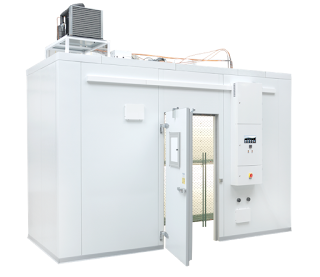 |
| Directing the forces that get glassware clean to every surface is the task of a laboratory glassware washing machine |
Understanding how a glassware washing machine cleans your glassware can help in obtaining the best results from machine use.Simply described, there are two main cleaning forces or actions at work during a wash program. Dissolution involves the solvent action of water, often aided by chemicals, on contaminates on the wash load. The second major cleaning component is mechanical removal of soils and contaminates, accomplished with impingement (blasting the dirt off with direct spray) and a cascading flow of wash or rinse water.
Looking at these two cleaning forces, there are some other factors that are related to their overall effectiveness.
- Time - Longer cycle times will deliver higher overall levels of load exposure to cleaning forces.
- Temperature - Some types of contaminates are best removed with high temperature wash fluid, others with at least part of the wash program using cooler temperature.
- Chemicals - The solvent power of the wash solution can be significantly enhanced by using the right chemical additive. Matching wash chemicals to the demands of the wash load is a key element in achieving good results in a reasonable amount of time.
- Contact - Nothing listed above has any impact unless the wash program solution makes full and repeated contact with all surfaces of the load.
What does all this mean to the lab operator or technician trying to get clean glassware?It is necessary to know the nature of the soil or contaminates on the wash load. This allows the proper selection of temperature and chemicals for the wash program, and the program sequence. Separating soiled glassware into groups according to wash program is a useful procedure, matching the soil or contaminant with the right program, temperature, and chemicals to remove it.
Loading the washer is also an important step in the cleaning process. Operators should understand how wash fluid flows through the machine and any special processing carriers or racks. Improper loading can prevent sufficient contact between wash fluids and load surfaces, reducing the effectiveness of the wash program.
This is a very general description. Each topic covered has depth and detail that needs to be explored enough to determine an effective wash plan for your lab. Technical help and information is available from glassware manufacturers, wash chemical suppliers, and wash equipment specialists.



